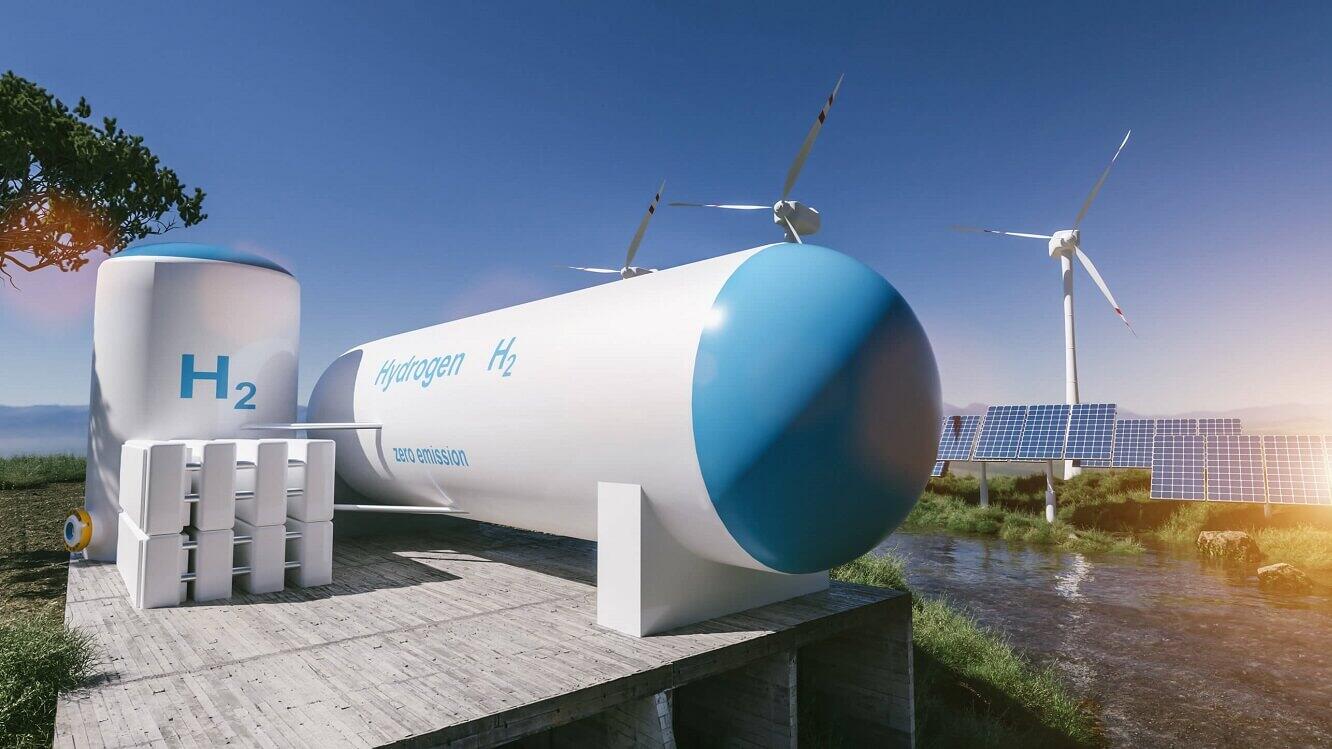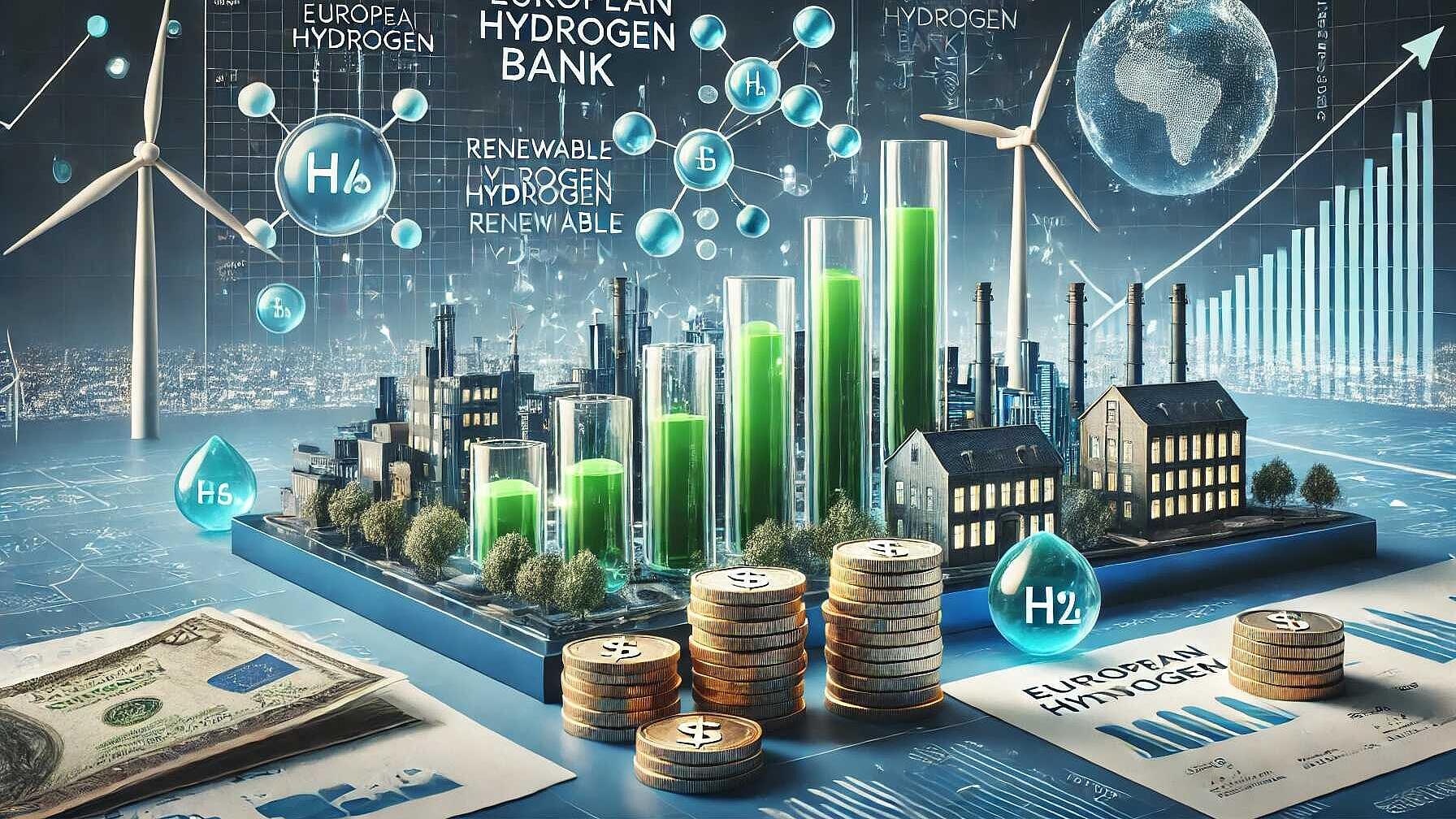 Policy & Regulation
Policy & RegulationCracking the Hydrogen Egg! How can consumers understand where their Hydrogen has come from?
Summary
In a global interconnected system understanding where hydrogen has come from will become incredibly important. The temptation for some to make hydrogen from coal and release the carbon dioxide into the atmosphere may be too great, however as international trade develops the risk increases. Already some have proposed using blockchain to verify hydrogen provenance and systems are already in production. It is inevitable that a certification scheme will need to be developed otherwise it will not be long before hydrogen generates as much scandal as the carbon it saves. There needs to be a recognition that hydrogen is not perfectly green.
Hydrogen along its journey adds to global global warming and carbon, capture and storage is not perfect. Consumers need to have the information they need to understand. There may be 11 billion eggs eaten in the UK each year but with a strong communication system it is possible for consumers to understand what they are buying. A hydrogen carbon labelling system is needed to understand the energy supply as well.
Open full article
Cracking the Hydrogen Egg! How can consumers understand where their Hydrogen has come from?
In a global interconnected system understanding where hydrogen has come from will become incredibly important. The temptation for some to make hydrogen from coal and release the carbon dioxide into the atmosphere may be too great. Whilst hydrogen projects remain small and directly linked this won’t be too much of a problem, however as international trade(1) develops the risk increases.
Already some have proposed using blockchain to verify hydrogen provenance and systems are already in production(2). How such a system is administered is incredibly important – too onerous and the cost burden of tracking will reduce the speed to technology uptake, too loose and public faith in hydrogen will be quickly shaken. The trust of the global public is incredibly important as has been demonstrated in the role out of other sustainability programmes – waste recycling in the UK is a fine example of where reality has the potential to undermine trust (3) as plastics diligently sorted by the public have ended up in landfill along with unsorted waste.
It is inevitable that a certification scheme will need to be developed otherwise it won’t be long before hydrogen generates as much scandal as the carbon it saves.
The following would be key elements of a hydrogen carbon labelling system:
Validation of the source
End consumers will need to be sure about source. Although this feels simple in practice it could become incredibly complicated. In the Middle East hydrogen produced from solar could quickly be mixed with hydrogen produced from methane (hopefully with carbon capture). This cargo is then passed from owner to owner until it reaches it point of delivery. The cargo may have an average carbon intensity, but the person buying 100% green hydrogen will want to know that it is green hydrogen that they are getting. Source validation becomes incredibly important particularly given the economic benefits of just using methane and blasting the carbon dioxide straight into the atmosphere.
Transportation and storage
Understanding carbon intensity won’t just stop at manufacture. How hydrogen is transported to its destination may have a significant impact on its intensity. Where energy is used to compress or liquify the hydrogen then the carbon intensity of that energy needs to be considered. If hydrogen is lost to atmosphere during transport, then the global warming effect of that hydrogen must be included in the carbon intensity calculation.
This makes carbon assessment incredibly complicated as it is not just a certificate of manufacture required but also a certificate of shipping.
Recognition of carbon intensity in the pricing
The system can’t just rely on goodwill. Somehow the carbon intensity of the hydrogen needs reflecting in the price. Whilst some are happy to pay more, this has a threshold where the additional cost is just too much. If the delta in cost between green and dirty hydrogen isn’t enough then there is a risk dirty hydrogen just replaces dirty gas.
Openness and communication
There needs to be a recognition that hydrogen isn’t perfectly green. Hydrogen lost along its journey adds to global warming and carbon, capture and storage isn’t perfect. Consumers need to be treated like intelligent buyers and given the information they need to understand.
A useful analogy is in the communication around eggs. Consumers are now much savvier in understanding the conditions of the birds producing the eggs we eat. There may be 11 billion eggs eaten in the United Kingdom each year, but with a strong communication system it is possible for consumers to understand what they are buying (4). This has been achieved through strong simple messaging.
Where this gets harder in both eggs and hydrogen is third parties. Whilst relatively easy to achieve in our homes it is less easy to verify in businesses that we visit. When they have a fried egg sandwich in a café, do consumers apply the same standards they would to a box of eggs they would buy from a shop themselves. Similarly, when you go to a supermarket, or fly on an airplane it is simply not realistic to expect consumers to be able to understand and influence the energy supply to all the businesses they use.
Whilst some steps can be made to inform consumer choice, regulation will likely be needed in some sectors.
1.https://www.chemengonline.com/acciona-launches-worlds-first-blockchain-p...
2.https://www.chemengonline.com/acciona-launches-worlds-first-blockchain-p...
3.https://www.theguardian.com/environment/2019/aug/17/plastic-recycling-my...
4.https://www.egginfo.co.uk/egg-facts-and-figures/industry-information/data



